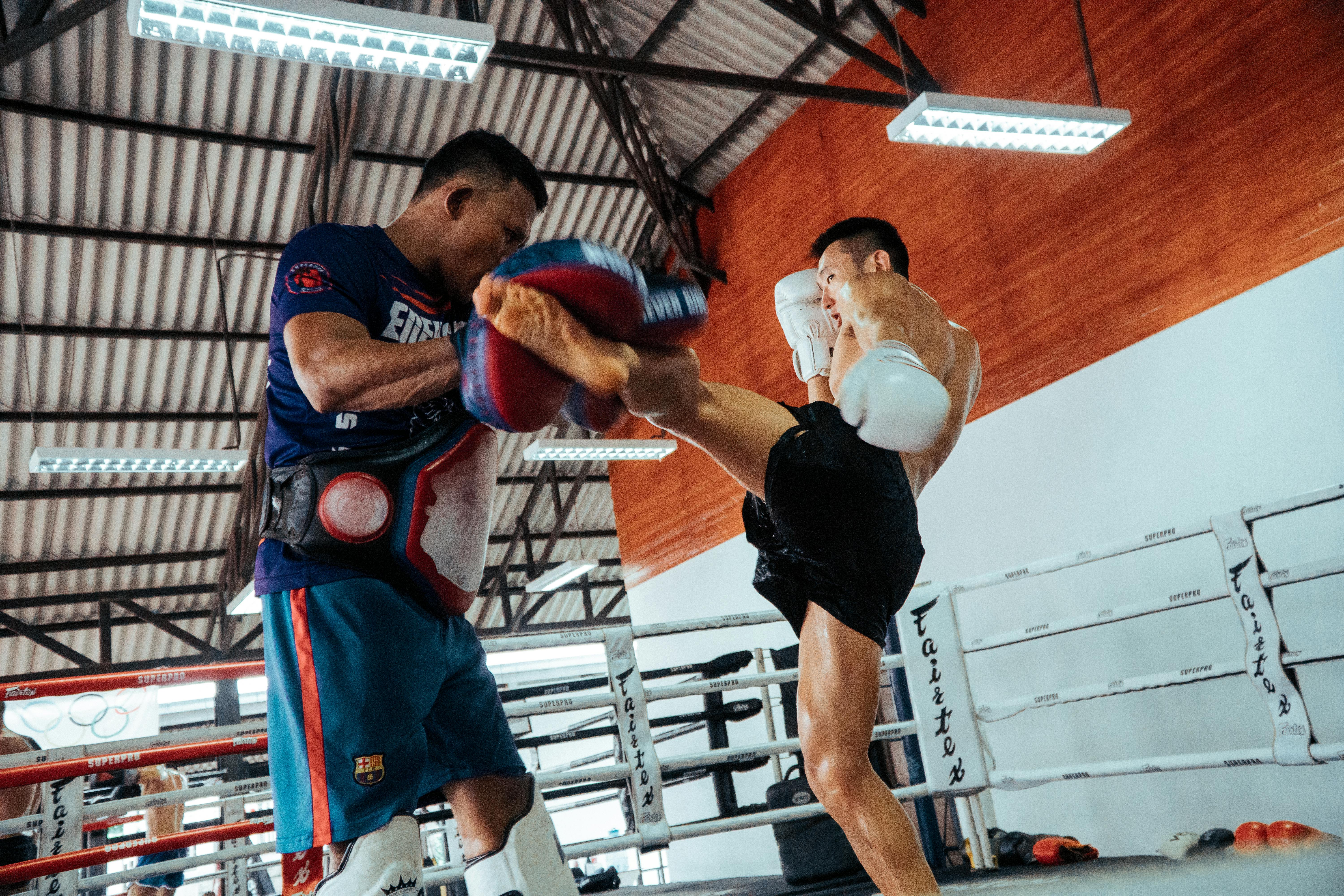Breaking Barriers: The Emergence of Mixed Martial Arts and Its Impact on Traditional Combat Sports
Mixed Martial Arts, or MMA, has seen tremendous growth in popularity over the past two decades, which has led to a shift in the landscape of traditional combat sports. This article delves into the history, evolution, and current trends of MMA and explores how this ever-evolving sport has influenced and transformed the world of combat sports.

A Brief History of MMA
Mixed Martial Arts, as we know it today, is a relatively new sport. The concept of combining different martial arts disciplines into one sport was first introduced in the early 1990s by the Ultimate Fighting Championship (UFC). The UFC aimed to determine which martial art was superior by pitting practitioners of different disciplines against each other in a no-holds-barred contest. This early version of MMA was brutal and unregulated, leading many to criticize it as a mere spectacle rather than a legitimate sport.
However, over the years, the UFC and other MMA organizations have implemented various rules and regulations to ensure fighter safety and promote sportsmanship. These changes have helped to legitify MMA and attract a broader audience, including traditional combat sports enthusiasts and practitioners.
MMA’s Influence on Traditional Combat Sports
MMA has had a profound impact on traditional combat sports such as boxing, wrestling, and judo. It has challenged the notion that a fighter must specialize in one discipline to be successful. Instead, MMA promotes the idea that a well-rounded fighter who is competent in various martial arts disciplines has a better chance of winning a fight.
This shift in thinking has caused many traditional combat sports athletes to cross over into MMA. Famous examples include former professional boxer James Toney, Olympic wrestling champion Henry Cejudo, and judo gold medalist Ronda Rousey. These athletes’ successful transition into MMA has further validated the sport and demonstrated its appeal to a wide range of combat sports practitioners.
Current Trends and Future of MMA
MMA continues to evolve and grow in popularity. The sport’s appeal lies in its unpredictability and the constant evolution of fighting styles and strategies. As fighters strive to become more well-rounded, they continually incorporate elements from various martial arts disciplines into their training, leading to the creation of new and innovative fighting techniques.
Moreover, MMA organizations are making efforts to increase the sport’s visibility and acceptance. The UFC, in particular, has been instrumental in promoting MMA globally and has successfully established itself as the premier MMA organization.
The future looks bright for MMA. With its increasing popularity, more athletes from traditional combat sports are likely to make the transition to MMA. Furthermore, as the sport continues to evolve and innovate, it will undoubtedly continue to captivate audiences and influence the world of combat sports.
In conclusion, MMA has emerged as a major force in the world of combat sports. Its unique blend of various martial arts disciplines and its emphasis on well-roundedness has challenged traditional notions of what it means to be a successful fighter. As MMA continues to grow and evolve, it will undoubtedly continue to shape the future of combat sports.




